Many advantages
According to specialist 1 Nguyen Minh Khoa - Deputy Head of the Department of Interventional Cardiology, Provincial General Hospital, calcified coronary artery lesions (calcification), especially at moderate to severe levels, are becoming a major challenge in the field of cardiovascular intervention. These lesions are common in the elderly, affected by cardiovascular risk factors such as: High blood pressure, dyslipidemia and diabetes. If not treated promptly, they lead to serious complications and increased mortality. Severe calcification lesions obstruct blood flow, reducing the elasticity of the vascular wall. In particular, with severely calcified, solid and rough-surfaced fibrous plaques, stent placement can encounter many difficulties and complications such as: Stent not being able to reach the lesion, stent falling out or stent not expanding to the maximum and not close to the blood vessel wall. This can easily lead to acute thrombosis and restenosis in the stent as well as cardiovascular events. In addition, calcified coronary lesions are often accompanied by other complex lesions.
Doctors perform cardiovascular intervention using balloon cutting. |
Currently, in central hospitals, before intervening in stent placement for calcified lesions, doctors often apply calcium plaque ablation techniques using two methods: Drilling and cutting atherosclerotic plaques or drilling and separating calcium plaques with laser (this is a complicated technique and requires doctors to have a lot of experience, especially always having a heart surgeon to support, high treatment costs); cutting balloon technique with the purpose of breaking the binding force on the calcium arc, helping the stent after intervention to be close to the blood vessel wall and be maximally dilated. There are two types of cutting balloons, the type made of three small blades and the Scoring balloon. The Scoring balloon is specially designed from Nitinol fibers on the surface that can create small cutting grooves on the calcium plaque. It can reach small points, has 2 guide wires on the high pressure balloon base. The simultaneous combination of these features helps the balloon increase its impact force, increasing the ability to break calcium bonds on calcified lesions, thereby reducing the risk of vascular rupture and optimizing stent placement.
Safe and effective treatment
To improve the quality of disease treatment, especially coronary artery diseases, and to evaluate the effectiveness of balloon cutting in the treatment of moderate to severe calcified coronary artery lesions, before and after intervention, at the end of 2024, the Department of Interventional Cardiology, Provincial General Hospital has implemented the scientific topic "Application of balloon cutting in intervention of calcified coronary artery lesions". The topic is implemented for 1 year with the goal of contributing to additional clinical evidence on the ability to improve treatment outcomes, reduce the risk of complications and improve the quality of care for patients with coronary artery disease with complex calcified lesions.
Dr. Nguyen Minh Khoa said: “The research was conducted on 30 patients aged 18 to 75, with a diagnosis of stable angina that responded poorly to medical treatment, unstable angina, and acute myocardial infarction. Of which, the group of severe calcified lesions accounted for 43.8%. In this technique, doctors will conduct an ultrasound within the vessel to assess the lesions. Then, use a cutting balloon to expand the vessel, ensuring that the blood vessel is safe and does not rupture; at the same time, it will destroy the connection of the calcium arc and help the stent expand completely, best adhere to the blood vessel wall. The success and safety rate immediately after the procedure was 100% for patients. After 12 months of follow-up, 93.3% of patients had no cardiovascular events; the rate of restenosis in the stent was 6.7% (2 patients). The research results demonstrate that this method is safe and effective in treating calcified coronary lesions, with a low rate of events and the ability to expand good stent expansion”. As a patient participating in the study, Mr. NTL (64 years old, Nha Trang City) shared: “I have severe calcified coronary artery lesions. After consulting with the doctor, I agreed to participate in the research topic. Since being intervened with this method, my health has been stable up to now”.
The use of balloon cutting in interventional treatment of calcified coronary lesions provides doctors with more treatment options for patients with complex coronary lesions, especially those with severe calcification that are difficult to perform with traditional methods. The application of this technique not only improves treatment effectiveness but also provides doctors with more modern tools to handle difficult cases, minimizing the risk of complications during intervention. In addition, the successful implementation of this method also contributes to opening up opportunities for technological improvement and the development of advanced treatment methods in the field of interventional cardiology in the future.
The research results showed that the risk factors for coronary artery disease with calcification (calcification) due to hypertension accounted for 83.3% (showing that this is the most common risk factor); lipid disorders accounted for 73.3%; smoking accounted for 56.7% and type 2 diabetes accounted for 36.7%. The topic was highly appreciated by the Provincial Science and Technology Council for its practical application, considering it a new direction in the treatment of cardiovascular disease. The topic was classified as satisfactory.
C.DAN
Source: https://baokhanhhoa.vn/xa-hoi/y-te-suc-khoe/202506/ung-dung-bong-cat-trong-can-thiep-ton-thuong-mach-vanh-canxi-hoa-giup-nang-cao-chat-luong-dieu-tri-6b670ca/


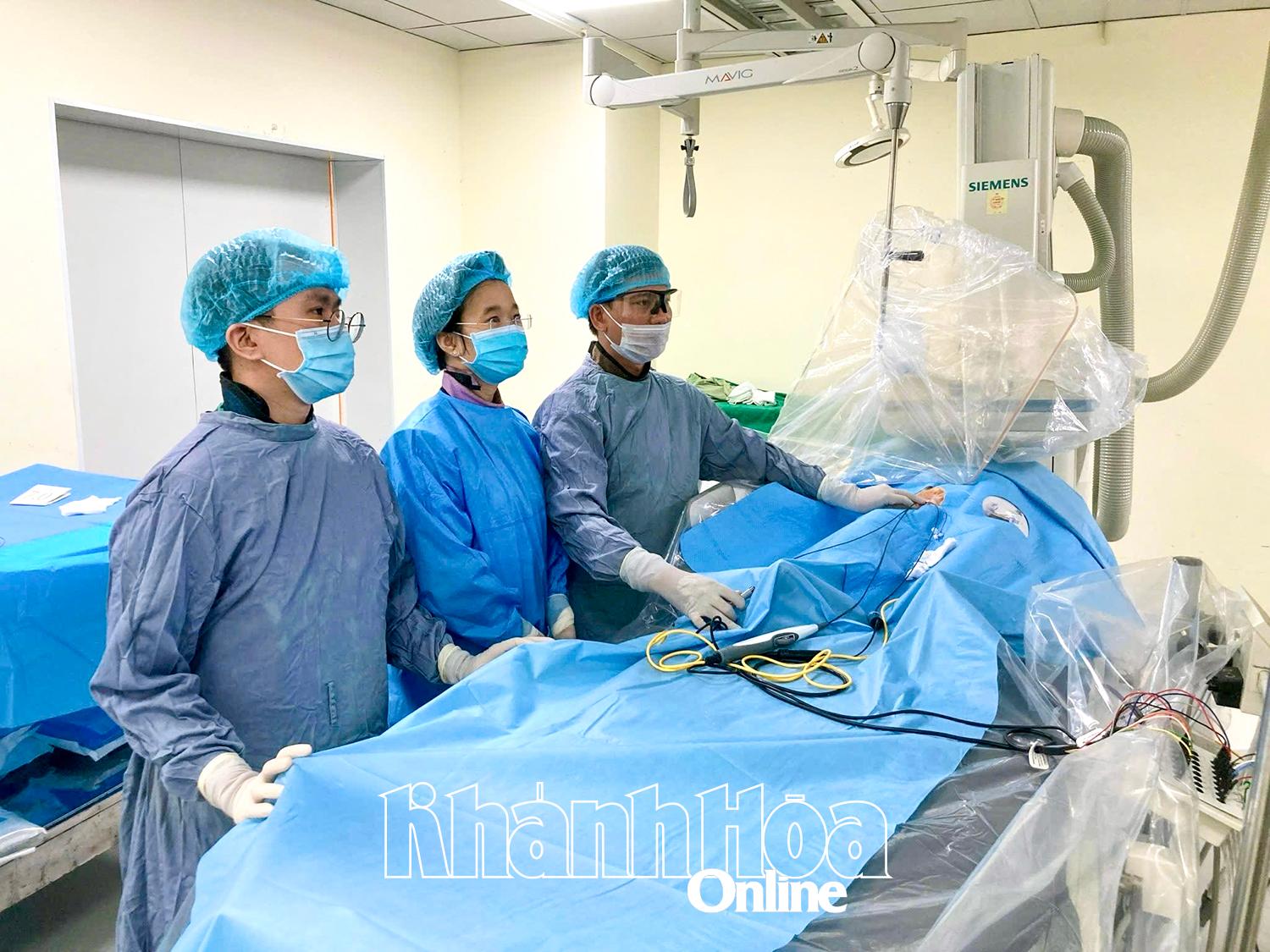
![[Photo] Close-up of modernized Thu Thiem, connecting new life with District 1](https://vphoto.vietnam.vn/thumb/1200x675/vietnam/resource/IMAGE/2025/6/24/d360fb27c6924b0087bf4f288c24b2f2)
![[Photo] General Secretary To Lam meets with the Group of Young National Assembly Deputies](https://vphoto.vietnam.vn/thumb/1200x675/vietnam/resource/IMAGE/2025/6/24/618b5c3b8c92431686f2217f61dbf4f6)


![[Photo] The 9th Party Congress of the National Political Publishing House Truth](https://vphoto.vietnam.vn/thumb/1200x675/vietnam/resource/IMAGE/2025/6/24/ade0561f18954dd1a6a491bdadfa84f1)



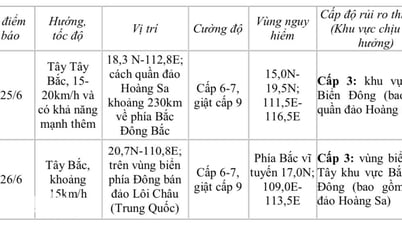















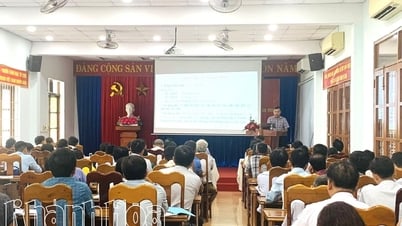
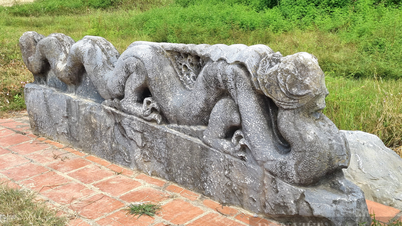

















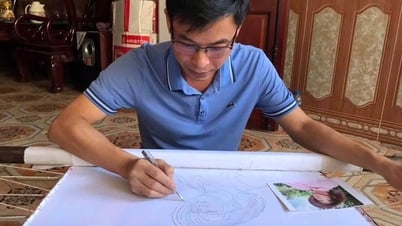


























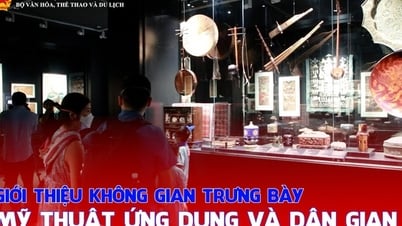



























Comment (0)